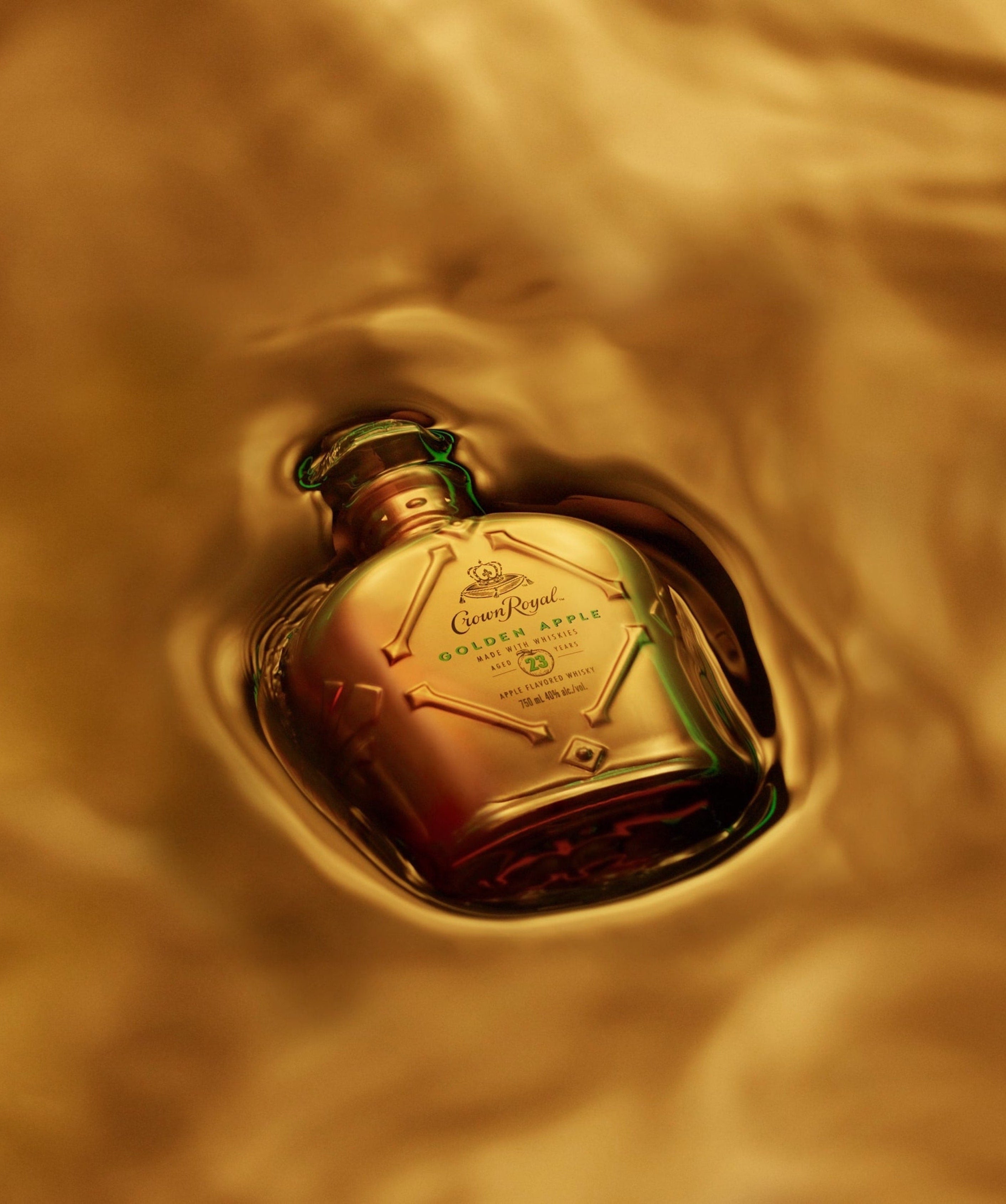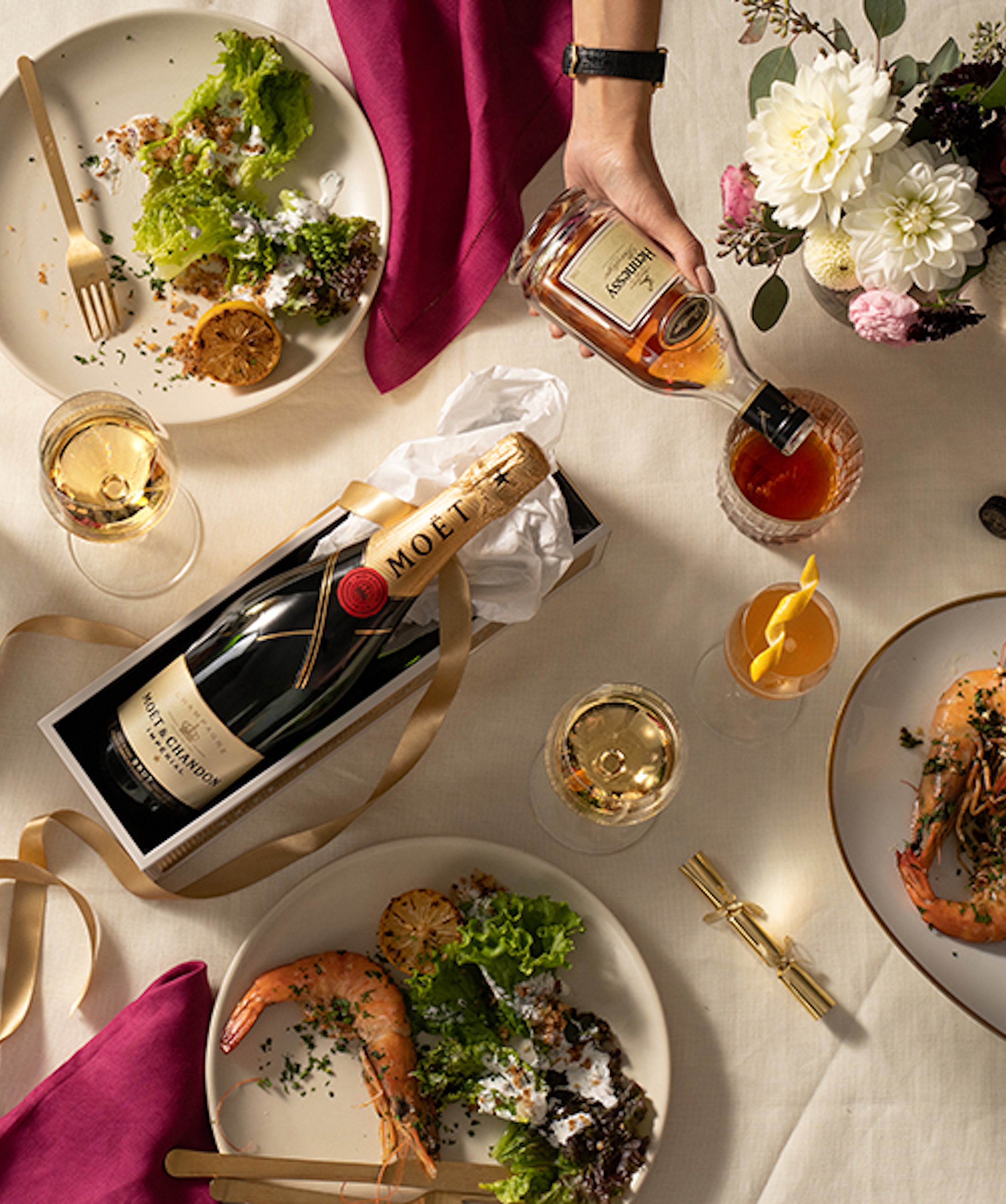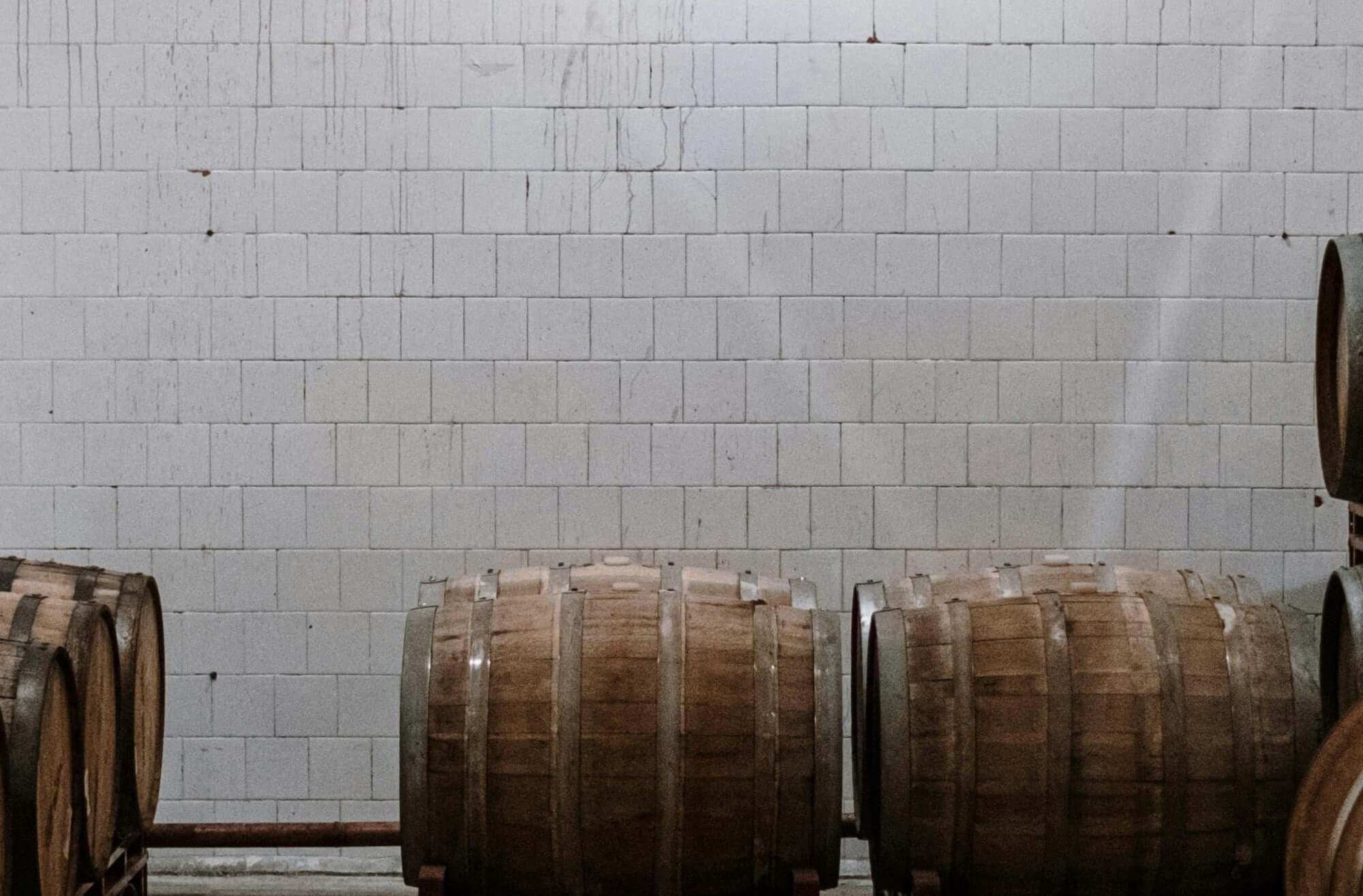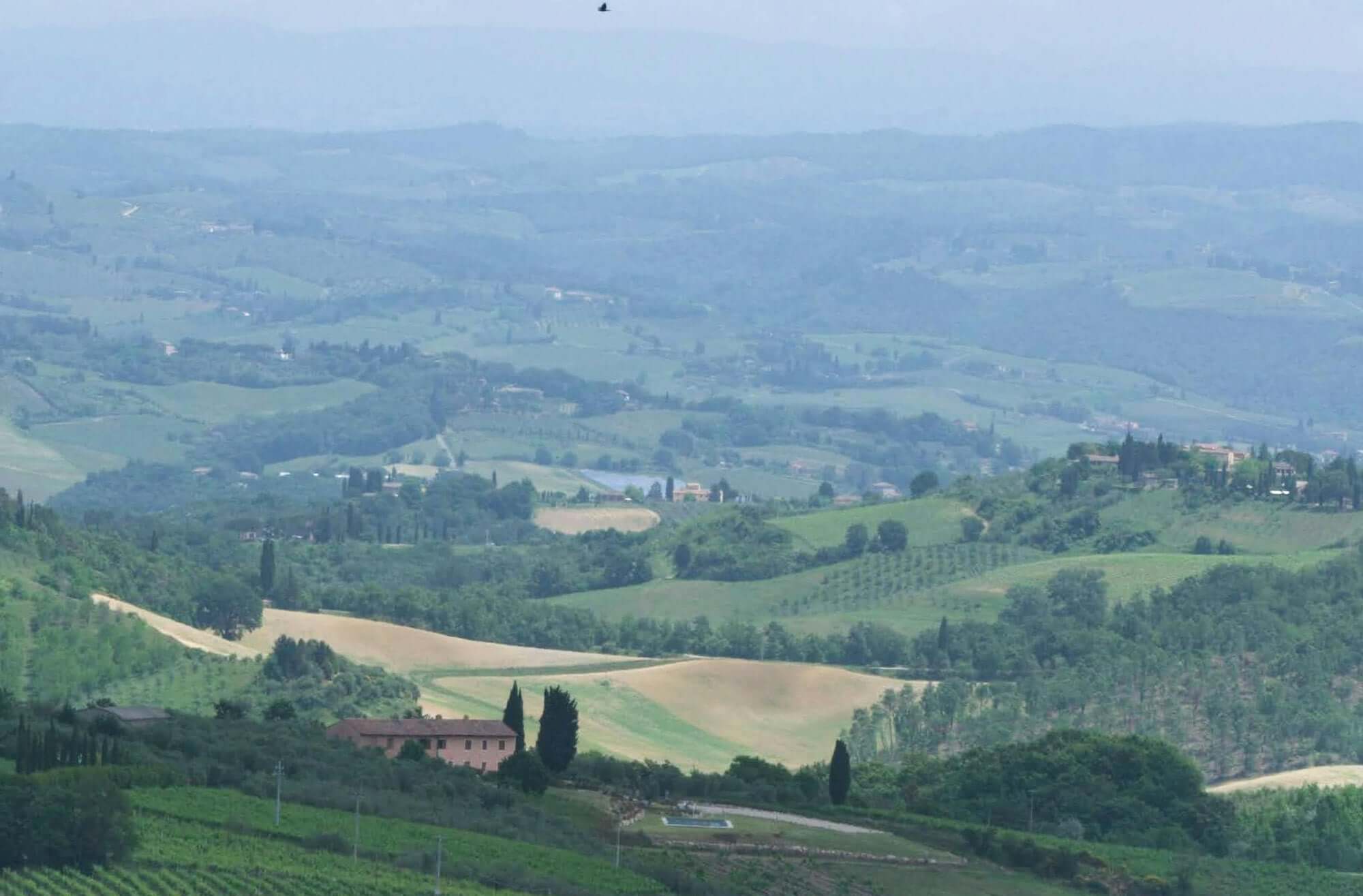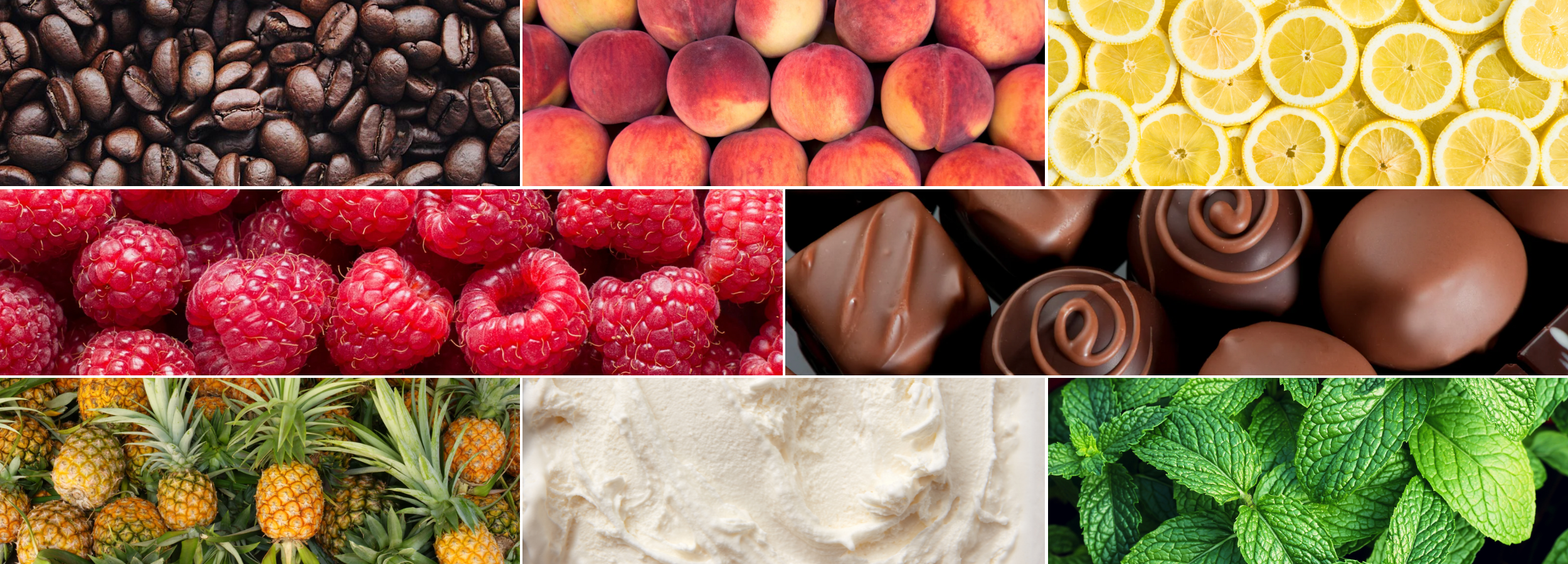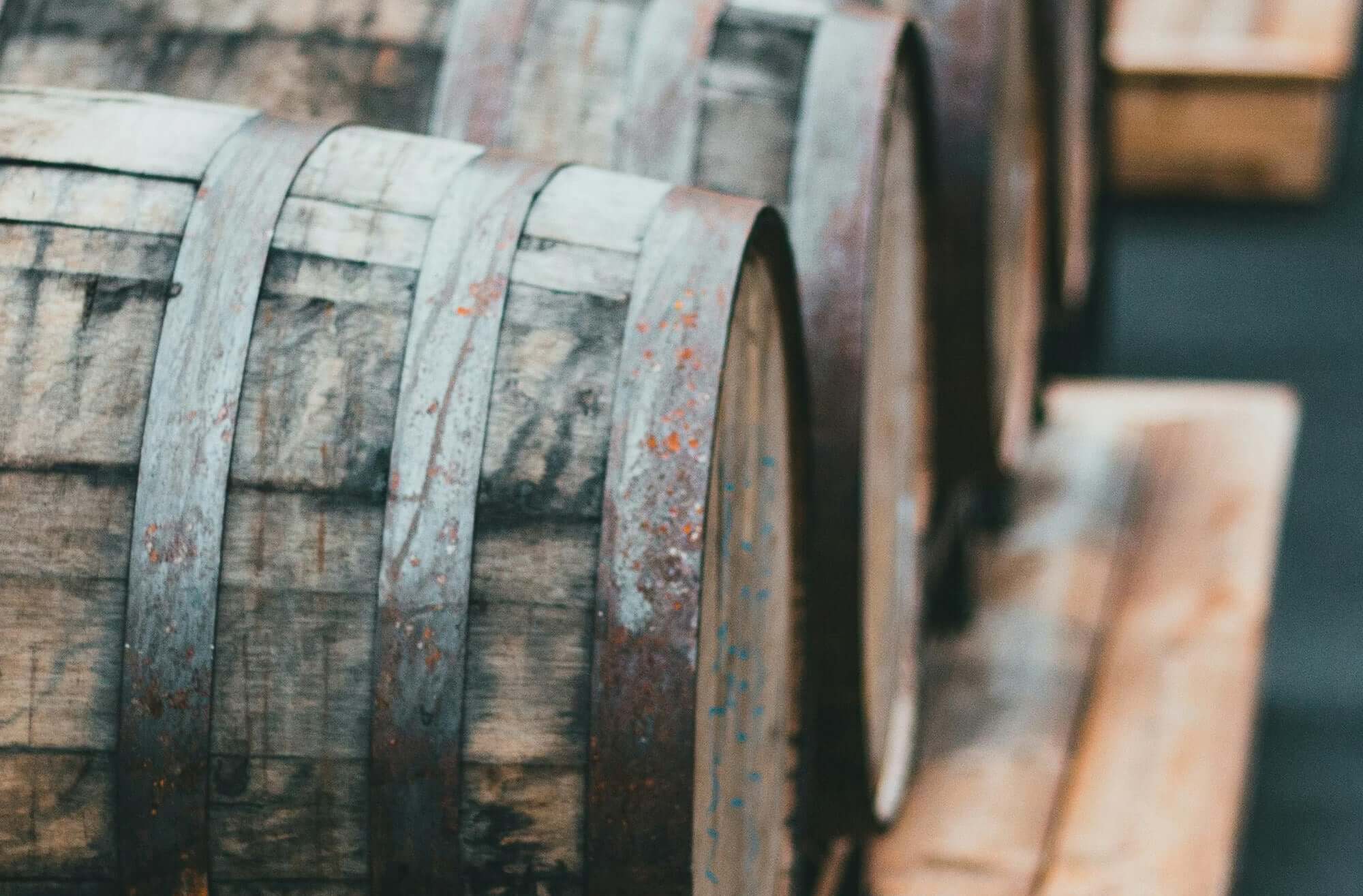
How Does Aging Affect Alcohol Flavor?
The Difference
Aging profoundly transforms the flavor profile of alcoholic beverages by allowing complex chemical reactions to occur over time—particularly oxidation, evaporation, and the interaction with wood barrels. In wine, aging, especially in oak barrels or bottles, allows tannins to soften and acidity to mellow, resulting in a smoother mouthfeel and more complex aroma.
Understanding The Taste
A young Cabernet Sauvignon may taste bold and astringent, with bright berry notes and high acidity, whereas an aged counterpart can develop earthy, leathery, and tobacco-like undertones with dried fruit and a silky texture. In brandy, particularly Cognac or Armagnac, aging in French oak casks imparts rich vanilla, caramel, nutmeg, and rancio (a savory, oxidized character) that deepen over decades. A VS (Very Special) Cognac may taste sharp and fruity, while an XO (Extra Old) can offer a velvety palate of dried figs, spice, and toasted oak.
Scotch whisky undergoes significant transformation during barrel aging, typically in ex-bourbon or sherry casks. A young Scotch might have a fiery, grain-forward profile, while a 15- or 21-year-old single malt reveals layered flavors of dried fruits, honey, smoke, sea salt, and deep oak richness. The aging process also reduces harsh ethanol notes, making the whisky smoother and more nuanced. Bourbon, which must be aged in new charred American oak barrels, extracts bold flavors quickly due to the fresh wood. Younger bourbons may be dominated by spice and ethanol heat, whereas a well-aged bourbon develops deep caramel, vanilla, toasted coconut, leather, and baking spice characteristics, though excessive aging can lead to over-oaked, bitter profiles.
Tequila shows a similar evolution through aging, especially in its aged forms: reposado (aged 2–12 months), añejo (1–3 years), and extra añejo (3+ years). While blanco tequila highlights bright, peppery agave notes, aging introduces smoothness and layers of cinnamon, chocolate, vanilla, and dried fruit.
Rum, especially dark or aged styles, also benefits from barrel aging, particularly in tropical climates where the interaction with wood is accelerated. Unaged white rum is often clean and sharp, while a 12- or 15-year-old rum offer rich molasses, banana, spice, tobacco, and oak notes.
Across all these spirits, aging enhances depth, smoothness, and complexity, but it’s not merely about more time—it’s about the harmony between spirit, barrel, and environment. Too little aging leaves the alcohol raw; too much can overpower it. The best-aged spirits and wines strike a balance that elevates flavor, aroma, and texture into something far greater than the sum of their parts.
Explore our curated selection of premium aged spirits and experience the refined difference that time brings to every bottle.


